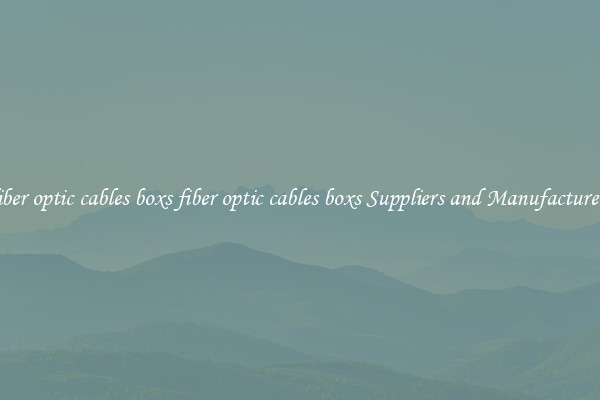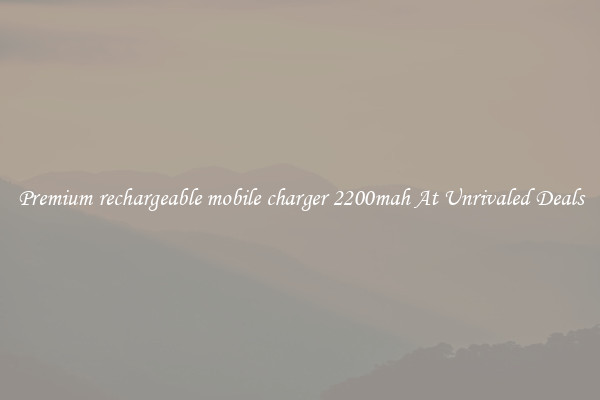Wholesale high gain tv booster To Receive Programming Without Cables
With the rise in popularity of streaming services and the increased cost of cable packages, many consumers are looking for alternative ways to receive television programming. One option that has become increasingly popular is using a high gain TV booster to receive programming without cables.

A high gain TV booster is a device that amplifies the signal received by your television antenna, allowing you to pick up more channels and receive clearer reception. This can be especially helpful in areas where the signal strength is weak or if you are trying to pick up channels from a farther distance.
One of the biggest advantages of using a high gain TV booster is that it can save you money on cable packages. By using a TV antenna to pick up local broadcast channels and a high gain TV booster to amplify the signal, you can still receive a wide range of programming without having to pay for a monthly subscription.
Another advantage of using a high gain TV booster is that it can provide you with a better picture quality. The booster can help to eliminate interference and picture distortion, resulting in a clearer and more crisp image on your television screen. This can enhance your viewing experience and make it feel like you are watching programming in high definition.
When looking to purchase a high gain TV booster, it is important to consider the range and amplification level of the device. A high gain TV booster with a range of at least 50 miles is recommended for those who live in rural areas or areas with weaker signal strength. Additionally, a booster with a high amplification level will ensure that you receive the best possible signal quality.
Overall, using a high gain TV booster to receive programming without cables can be a cost-effective and convenient solution for those looking to cut the cord on traditional cable packages. With improved signal strength and picture quality, a high gain TV booster can provide you with a wide range of programming options and a superior viewing experience.

View details

View details

View details

View details








